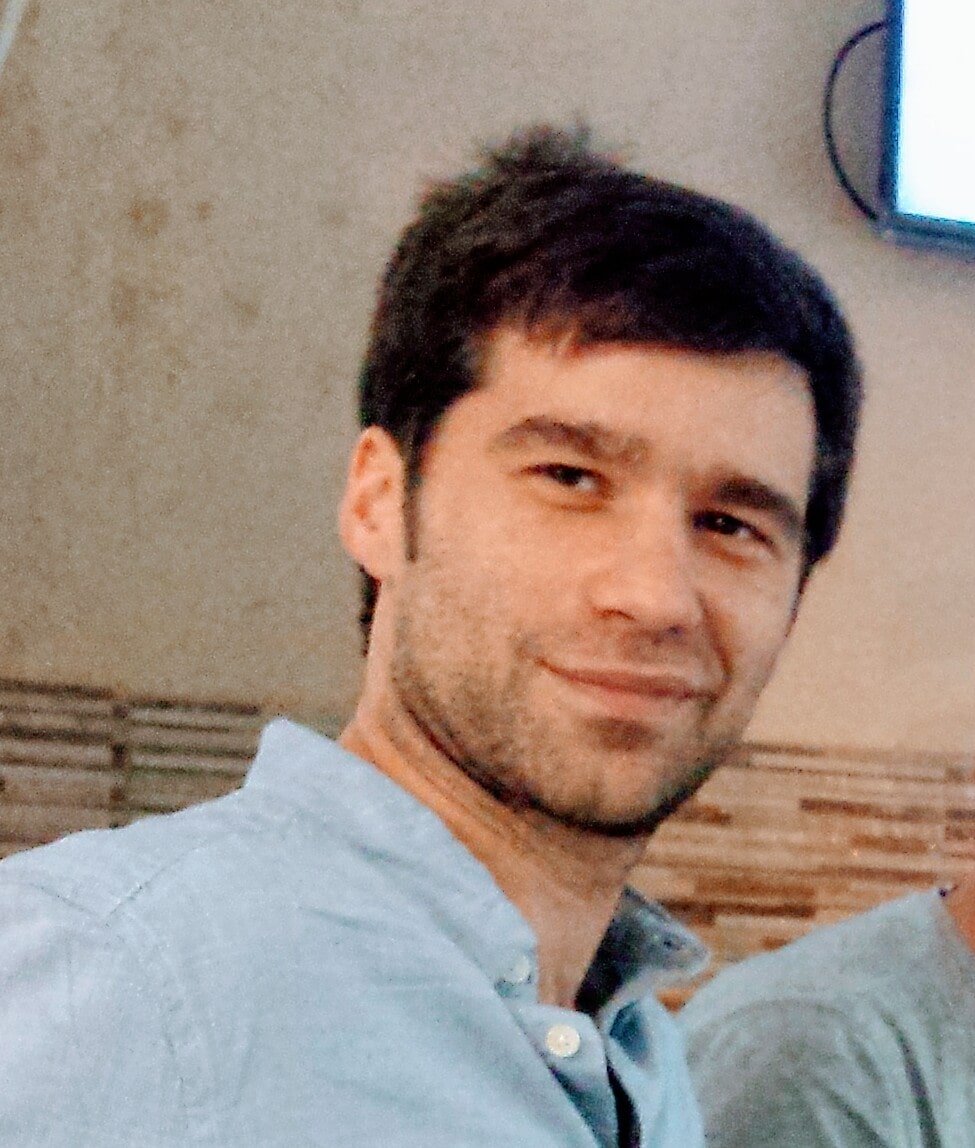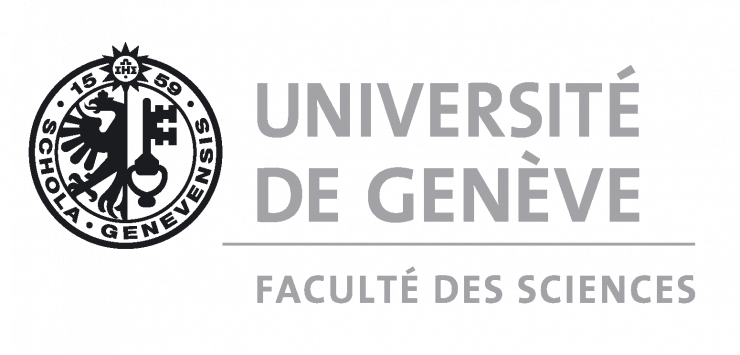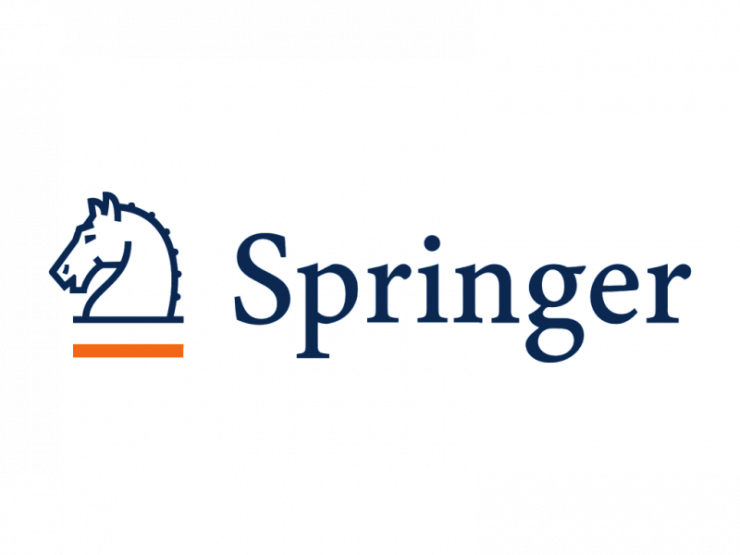
ACRI 2022
Keynotes
| Michel Milinkovitch is Full Professor in the Department of Genetics & Evolution at the University of Geneva (Switzerland), member of the Institute of Genetics and Genomics in Geneva (iGE3) since its foundation (2011) and a Group leader of the Swiss Institute of Bioinformatics (SIB) since 2014. In his ‘previous life’ as an evolutionary geneticist, he contributed to quantitative analysis and modelling in Molecular Phylogenomics and Applied Evolutionary Genetics. He has developed concepts, analytical tools, and algorithms/models for multiple sequence alignments, phylogeny inference and haplotypic network building. His recent focus (since 2008) is on the Physics of Biology and Evolutionary Developmental Genetics (Evo-Devo). He specialises on non-classical model species in reptiles and mammals and integrates data and analyses from comparative genomics, molecular developmental genetics, as well as mathematical modelling and numerical simulations. His recent scientific achievements include the demonstrations that (i) face and jaws scales of crocodiles are random polygonal domains of highly keratinised skin that emerge from a physical self-organising stochastic process (Science 2013); (ii) chameleons shift colour through active tuning of a lattice of guanine nanocrystals within a superficial thick layer of dermal iridophores (Nature Communications 2015); (iii) the development of scales in different reptilian lineages, including squamates, is associated to the presence of an anatomical placode presenting the key characteristics observed in avian (feather) and mammalian (hair) placodes (Science Advances 2016) and, (iv) the dramatic difference of thickness between scale and inter-scale skin in lizards and snakes is a geometrical parameter that causes the microscopic RD-like mechanism of cell-cell interactions to generate a mesoscopic Cellular Automaton that computes a pattern. |
| On Skin Colour & Reptilian Scales: When Charles Darwin Meets John von Neumann & Alan Turing |
|---|
|
First, I will show how skin thickness variation (generated by 3D morphogenesis) of skin scales in ocellated lizards causes the underlying reaction–diffusion dynamics of chromatophore cell interactions to separate into microscopic and mesoscopic spatial scales, the latter generating a Cellular Automaton that computes a colour pattern. Second, I will show that these two connected spectacular phenotypic characters (scale-by-scale colour patterns and Cellular-Automaton dynamics of patterning) have evolved independently in multiple divergent lineages of squamates. Third, I will discuss how spatial discretisation of the skin colour patterning process allows quantifying the respective efficiencies of stochastic and RD models to predict individual patterns and their statistical attributes. Fourth, I will discuss analytical approaches to efficiently identify and quantify the sources of residual unpredictability of adult individual patterns. |
| Katsuhiro Nishinari received his Ph.D. degree in aerospace engineering from The University of Tokyo in 1995. He is currently a professor at the Research Center for Advanced Science and Technology, The University of Tokyo, and the director of the Crowd Management Research Society. He is a member of the Japan Society for Industrial and Applied Mathematics, and was an advisor in Tokyo Olympics 2020. He has published more than 150 research papers in leading international journals and several books on traffic jam and applied mathematics. He has won awards for his work including NISTEP Award 2013 from National Institute of Science and Technology Policy, and the Ig Nobel Prize (2021). |
 |
| Crowd Management project in Japan and Tokyo Olympics |
|---|
| Recently crowd management has attracted considerable attention of researchers in different fields, such as physics and cognitive psychology, safety engineering and computer vision. In order to prevent crowd accidents and infections, we should know more about characteristics of crowd motion and its control methods. We have been studying pedestrian dynamics in an interdisciplinary way for decades, using discrete simulations, AI cameras and signages,etc. In the talk, I'd like to introduce the overview of the biggest project of crowd management in Japan, and show that our knowledge were utilized for Tokyo olympics 2020. |
 |
Pablo Arrighi is a French-Uruguayan Computer Scientist, Full Professor in the Informatics department of University of Paris-Saclay. He is the leader of the Quantum Computation Structures team at the LMF laboratory / Inria Saclay Center. Pablo Arrighi started his research career with a PhD at the Computer Laboratory at the University of Cambridge, where he designed the first blind quantum computing protocol. As a lecturer in Grenoble, he initiated the study of quantum lambda calculus. He then established fundamental results on quantum cellular automata (structure, universality, applications to quantum simulation) making him a renowned specialist of the field. As a professor in Marseille, he also worked on generalizing cellular automata theory to arbitrary graphs. Currently, he explores the quantum regime of these causal graph dynamics, as a possible mathematical setting for quantum gravity, for instance through the qiss.fr consortium. |
| Quantum cellular automata: structure, universality, applications to quantum simulation |
|---|
| Quantum cellular automata consist in arrays of identical finite-dimensional quantum systems, evolving in discrete-time steps by iterating a unitary operator G. Moreover the global evolution G is required to be causal (it propagates information at a bounded speed) and translation-invariant (it acts everywhere the same). Quantum cellular automata provide a model/architecture for distributed quantum computation. More generally, they encompass most of discrete-space discrete-time quantum theory. I will give an overview of their theory, with particular focus on structure results; computability and universality results; and quantum simulation results. See https://arxiv.org/abs/1904.12956. |


